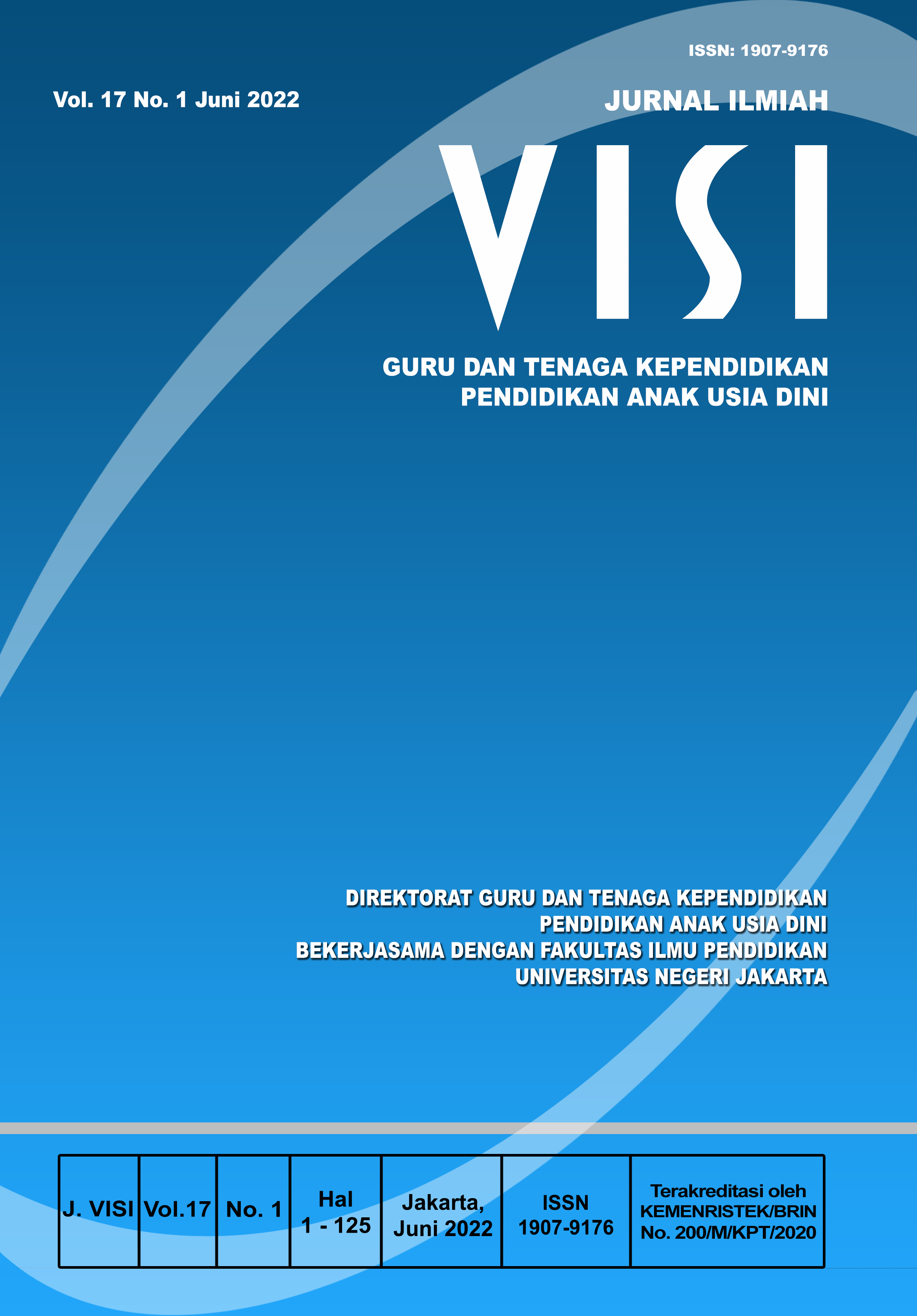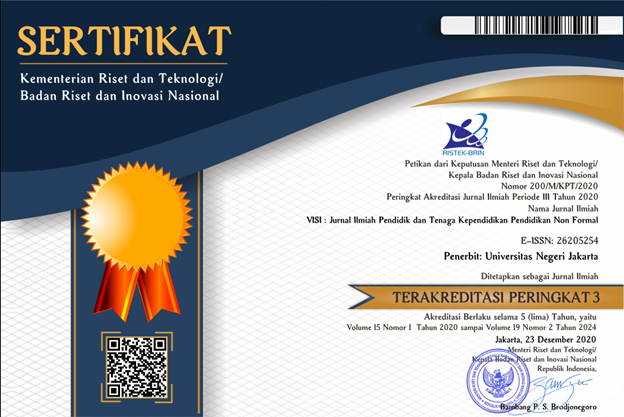CREATIVE LEARNING DESIGN FOR CHILDREN IN WADAS KELIR CREATIVE HOUSE CREATIVE SCHOOL
Keywords:
Creative Learning Design, Children, Creative SchoolAbstract
Current learning policies that make schools should create a learning atmosphere that is fun but not stressful. This is a problem to encourage teachers to always be creative in their learning system. Creative teachers are teachers who create creative learning designs for their children. The purpose of creative learning is to create children's creative skills, conditioning and fun activities. This is described in the discussion by answering the question, how to design creative learning for children. The research describes in depth about creative learning designs for children in creative schools at the Wadas Kelir Creative House Creative School. Researchers used descriptive qualitative research methods. Researchers observe objects and find sources of data in the form of creative learning design activities. Creative learning design activities can be drawn as a common thread, namely, (1) creative learning planning, teachers prepare materials, plan activities, and creative media sources; (2) carrying out creative learning, the teacher observes, formulates problems, tries out; create; share; appreciate; (3) assessment and appreciation, the teacher praises the results of understanding, skills, and attitudes of children after creative learning and gives awards to children. As a result, children have the potential for intelligence, creativity, confidence, independence in developing their creativity. This is where children's creativity is built through creative activities that delight children from an early age. So the concept of creative learning design needs to be implemented in every school.
Downloads
Published
How to Cite
Issue
Section
License
Copyright (c) 2022 Jurnal Ilmiah Visi

This work is licensed under a Creative Commons Attribution-NonCommercial-ShareAlike 4.0 International License.
Authors who publish with this Journal agree to the following terms:
- Author retain copyright and grant the journal right of first publication with the work simultaneously licensed under a creative commons attribution licensethat allow others to share the work within an acknowledgement of the work’s authorship and initial publication of this journal.
- Authors are able to enter into separate, additional contractual arrangementfor the non-exclusive distribution of the journal’s published version of the work (e.g. acknowledgement of its initial publication in this journal).
- Authors are permitted and encouraged to post their work online(e.g. in institutional repositories or on their websites) prior to and during the submission process, as it can lead to productive exchanges, as well as earlier and greater citation of published works.
- Users/public use of this website will be licensed to CC BY-NC-SA Creative Commons Attribution-NonCommercial-ShareAlike 4.0 International License









